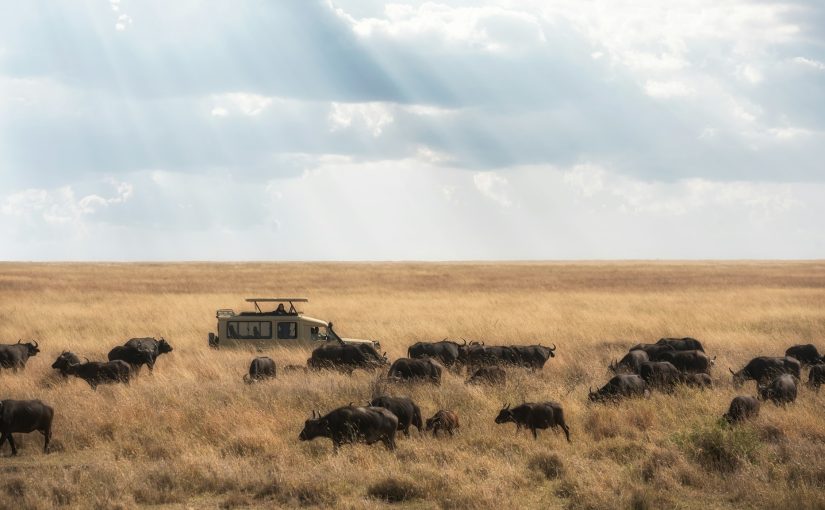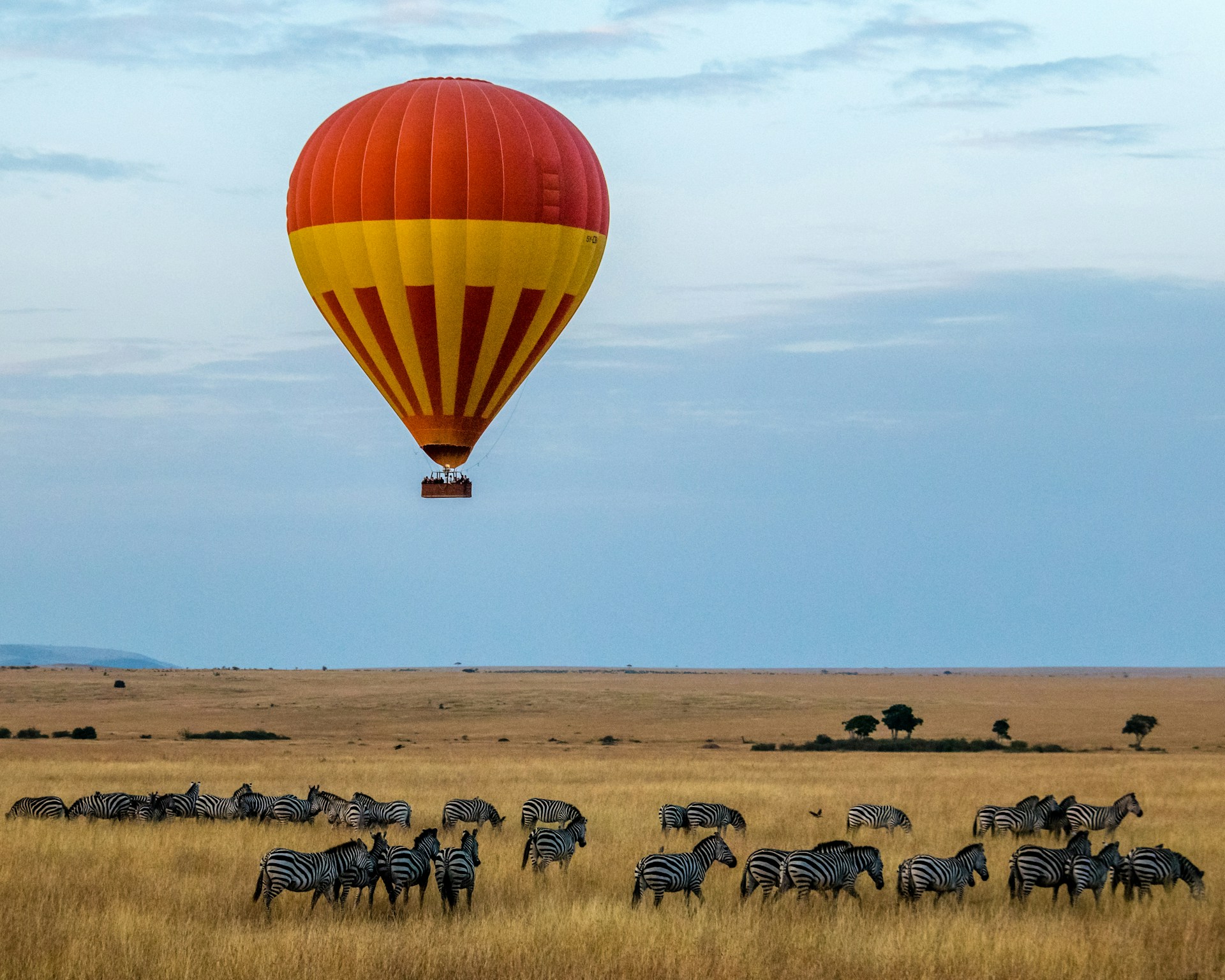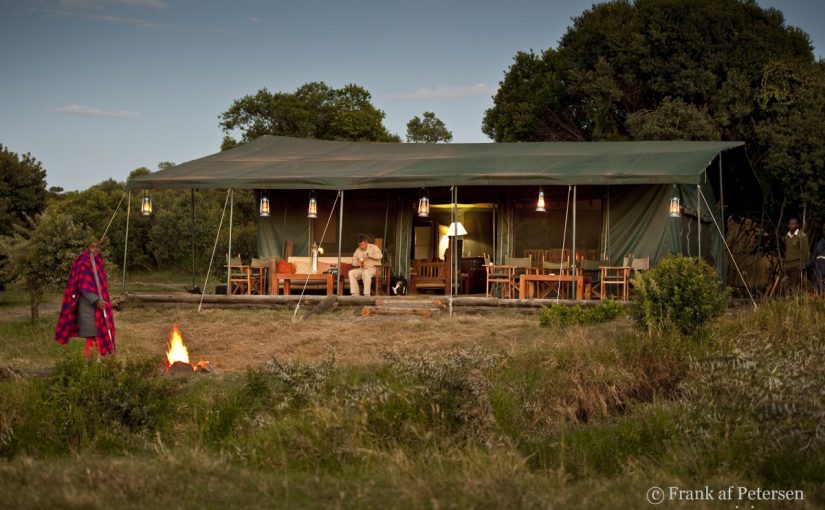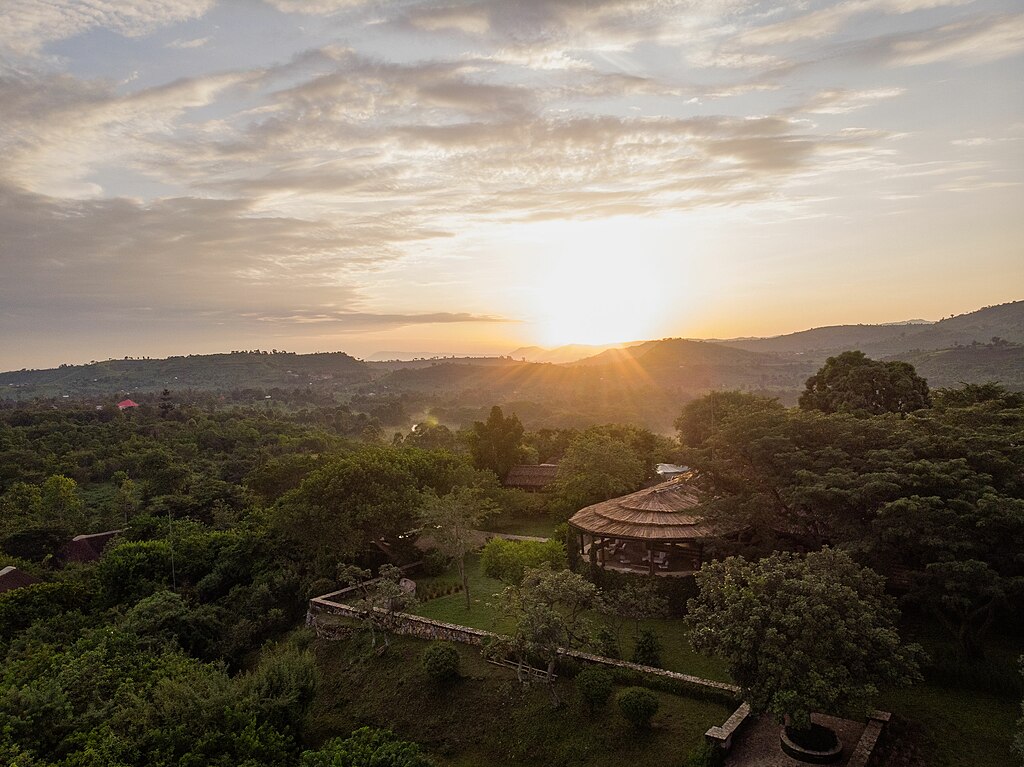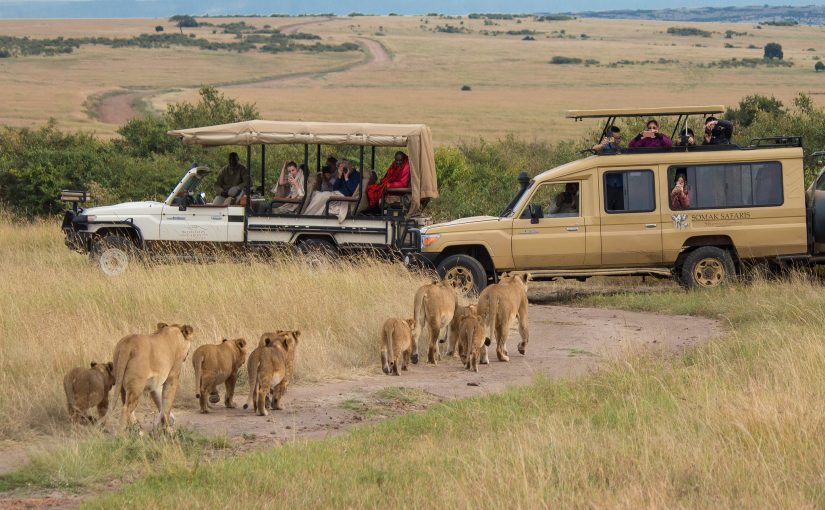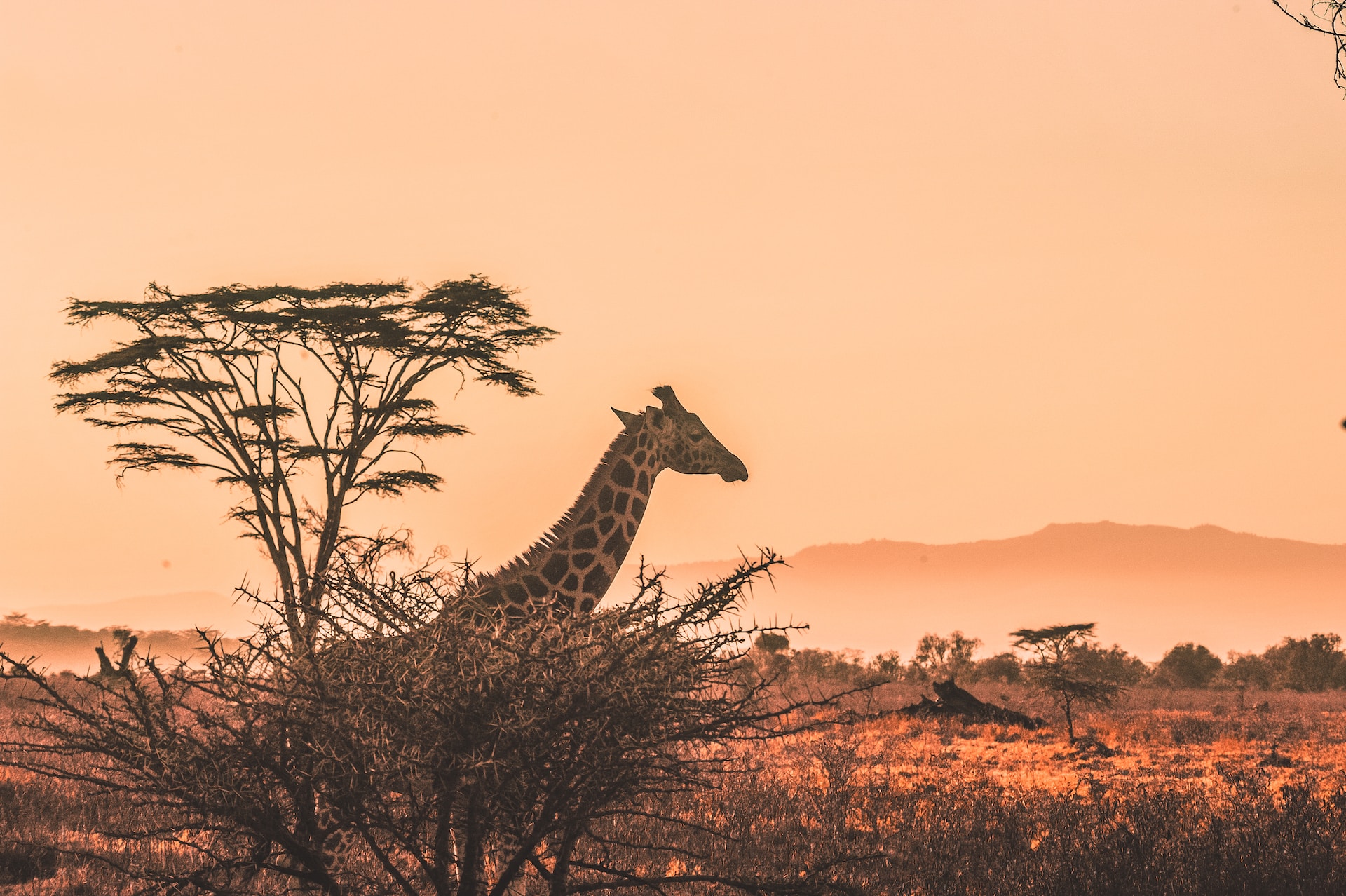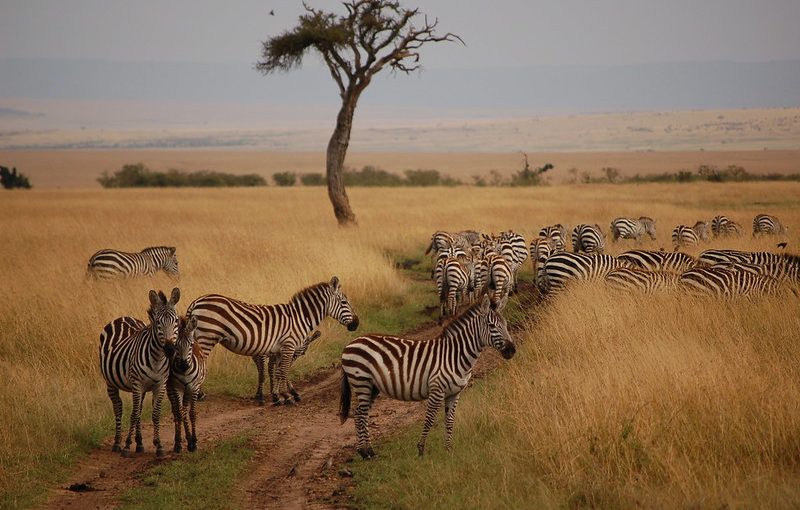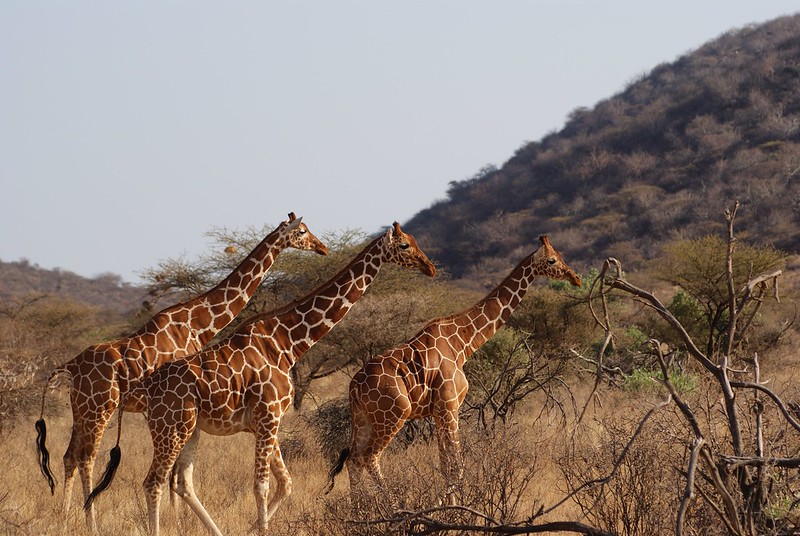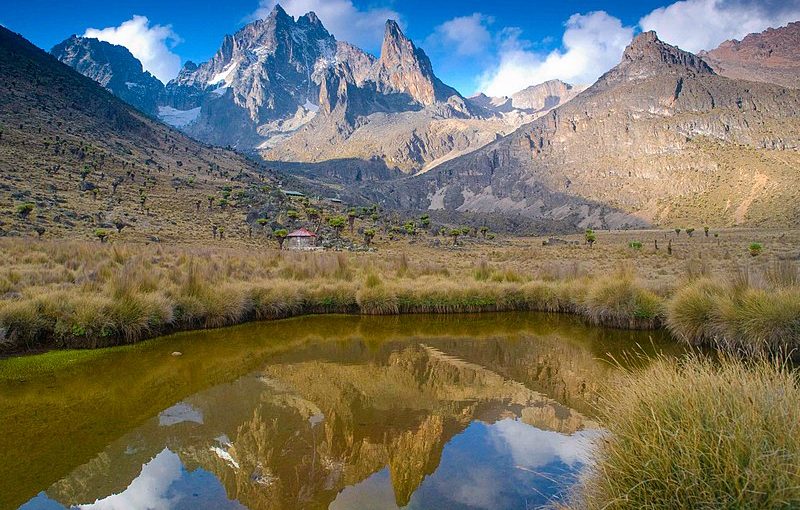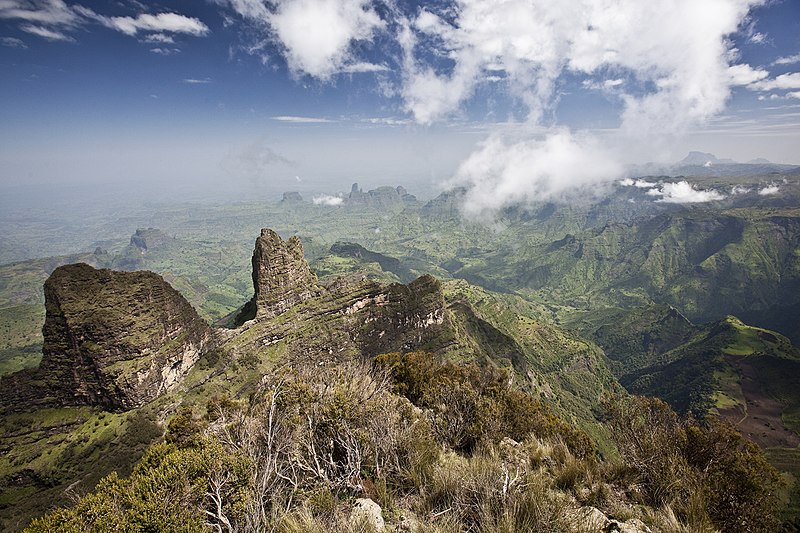Kenya’s flourishing coffee scene is a testament to its rich agricultural heritage and a global reputation for producing some of the finest Arabica beans. Nestled within the fertile highlands, coffee farms in regions like Nyeri and Kiambu yield beans prized for their vibrant acidity and complex flavour profiles.
Rich Heritage and Quality
Kenyan coffee’s journey begins with a legacy of meticulous farming practices handed down through generations. Smallholder farmers and cooperative societies meticulously cultivate coffee cherries, ensuring optimal ripeness before harvesting. This dedication to quality shines through in every cup, marked by notes of blackcurrant, citrus, and a lingering sweetness.
Sustainable Farming Practices
Beyond taste, Kenya’s coffee farms embrace sustainable practices. Many adhere to Rainforest Alliance and Fair Trade certifications, promoting biodiversity conservation and fair wages for farmers. These initiatives preserve Kenya’s natural landscapes and empower local communities economically. The best safaris in Kenya, such as the SkySafari tour operators, follow these practices too, and align their goals to be as sustainable as possible.
Global Recognition and Market Influence

Kenyan coffee commands a prominent position in the global market, favoured by discerning roasters and baristas worldwide. Auctions held by the Nairobi Coffee Exchange set prices based on cupping scores, underscoring the nation’s commitment to quality assurance and market transparency.
Cultural Impact and Tourism
Coffee’s cultural significance extends beyond agriculture, shaping social rituals and tourism experiences. Visitors can tour estates, participate in coffee tastings, and witness firsthand the intricate processes from bean to brew. This cultural immersion offers a deeper appreciation for Kenya’s role in the global coffee industry.

